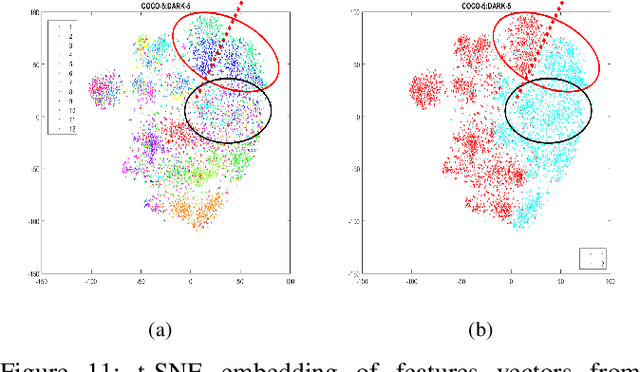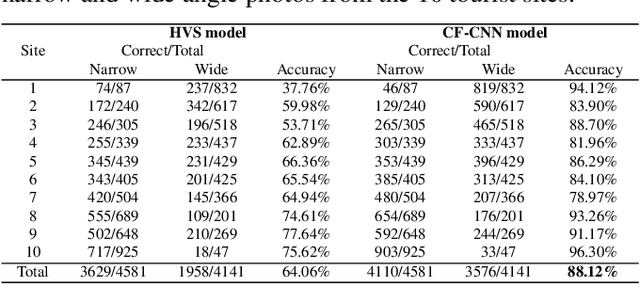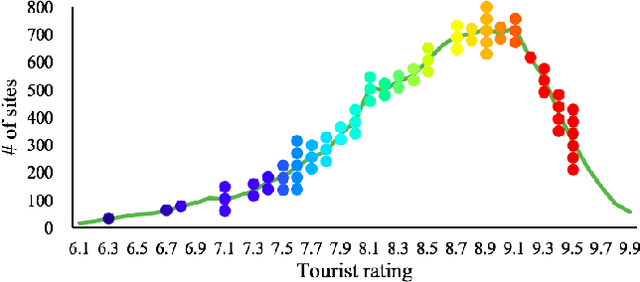Yuen Peng Loh
Getting to Know Low-light Images with The Exclusively Dark Dataset
May 29, 2018



Abstract:Low-light is an inescapable element of our daily surroundings that greatly affects the efficiency of our vision. Research works on low-light has seen a steady growth, particularly in the field of image enhancement, but there is still a lack of a go-to database as benchmark. Besides, research fields that may assist us in low-light environments, such as object detection, has glossed over this aspect even though breakthroughs-after-breakthroughs had been achieved in recent years, most noticeably from the lack of low-light data (less than 2% of the total images) in successful public benchmark dataset such as PASCAL VOC, ImageNet, and Microsoft COCO. Thus, we propose the Exclusively Dark dataset to elevate this data drought, consisting exclusively of ten different types of low-light images (i.e. low, ambient, object, single, weak, strong, screen, window, shadow and twilight) captured in visible light only with image and object level annotations. Moreover, we share insightful findings in regards to the effects of low-light on the object detection task by analyzing visualizations of both hand-crafted and learned features. Most importantly, we found that the effects of low-light reaches far deeper into the features than can be solved by simple "illumination invariance'". It is our hope that this analysis and the Exclusively Dark dataset can encourage the growth in low-light domain researches on different fields. The Exclusively Dark dataset with its annotation is available at https://github.com/cs-chan/Exclusively-Dark-Image-Dataset
Happy Travelers Take Big Pictures: A Psychological Study with Machine Learning and Big Data
Sep 22, 2017



Abstract:In psychology, theory-driven researches are usually conducted with extensive laboratory experiments, yet rarely tested or disproved with big data. In this paper, we make use of 418K travel photos with traveler ratings to test the influential "broaden-and-build" theory, that suggests positive emotions broaden one's visual attention. The core hypothesis examined in this study is that positive emotion is associated with a wider attention, hence highly-rated sites would trigger wide-angle photographs. By analyzing travel photos, we find a strong correlation between a preference for wide-angle photos and the high rating of tourist sites on TripAdvisor. We are able to carry out this analysis through the use of deep learning algorithms to classify the photos into wide and narrow angles, and present this study as an exemplar of how big data and deep learning can be used to test laboratory findings in the wild.
 Add to Chrome
Add to Chrome Add to Firefox
Add to Firefox Add to Edge
Add to Edge